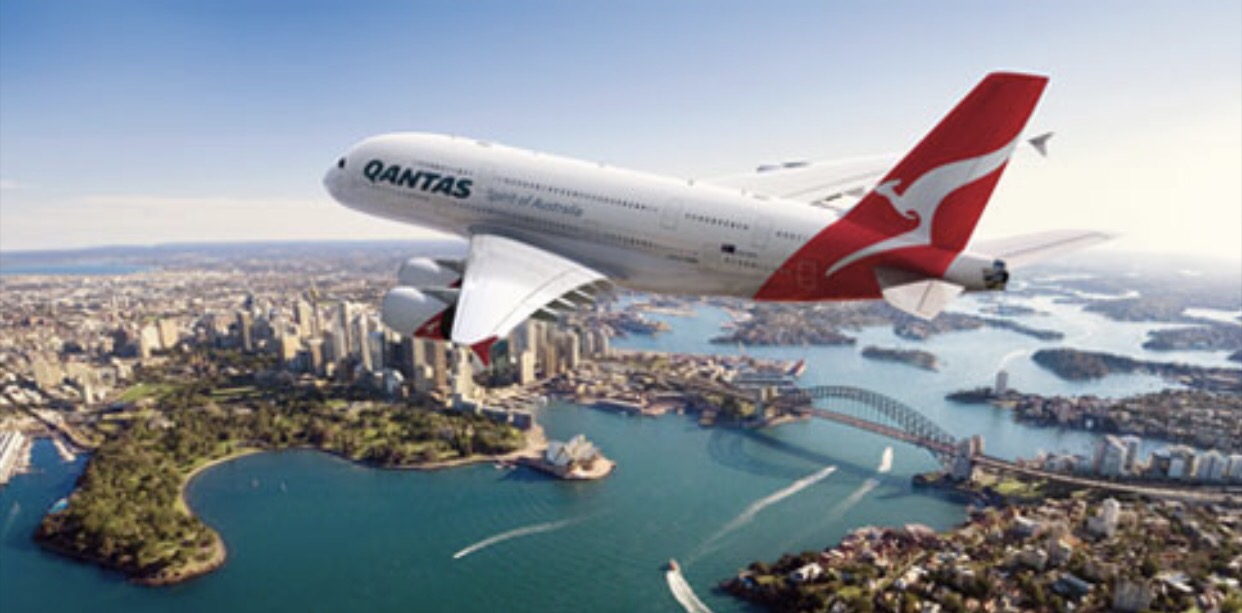The world’s safest airlines
EARLIER this week Airline Ratings released its annual airline safety ranking. The survey uses a star rating system based on factors such as fatalities over the past 10 years, various safety accreditations or endorsements and, more interestingly, whether the fleet is composed of Russian-built stock (for which airlines are penalised). Operators with the same star rating are split out by examining their accident history.
Unsurprisingly Qantas topped the list for the third year running; the Australian carrier has been fatality-free during the jet-engine era (its last crash took place in 1951). It is joined at the top by other big names including United, American, Lufthansa and Emirates (see below for top 20 airlines).

To have so many recognisable international airlines performing well is heartening, especially for the frequent flyers that rely on them. Having said that, in ranking terms it is much of a muchness. Qantas has an exceptional record, but 148 of the 407 airlines that were rated achieved the full seven-stars. This number would be higher if more had received an IATA Operational Safety Audit (IOSA) certificate. This is an award that accrues two stars in the rating system. But many budget carriers can’t apply for it as they tend not to be members of IATA, the airline association that awards the certificate. The list of ten airlines which received just one star is comprised of less salubrious names like Batik Airlines, Kal-star Aviation and Trans-Nusa, which even seasoned travellers might look twice at before booking.
Passenger safety is something that tends to grab headlines. A lot of people have a fear of flying, although regular business travellers should be more desensitised. Safety has also been brought into focus by recent catastrophes. These include the loss of two Malaysia Airlines planes in 2014, one shot down over Ukraine, the other lost over the Indian Ocean, as well disasters involving a GermanWings flight over the Alps and a Metrojet plane in Egypt last year—all of which resulted in a huge number of fatalities. There is even a dedicated smartphone app called “Am I Going Down?” which tracks the safety of carriers and routes (as Gulliver reported last year). But the simple fact is that air travel remains incredibly safe and, despite recent incidents, is getting safer. Last year there were 560 fatalities out of 3.6 billion passengers carried, or 0.000016%. This is below the 10 year rolling average of 714 fatalities and well below the 1,597 deaths out of 141m passenger reported 50 years ago (still an insignificant 0.001%).
On a more sobering note, deaths on planes are increasingly being caused by malicious acts rather than technical failures. That may undermine the checks and balances that Airline Ratings uses. According to data from FlightGlobal, 2015 saw the fewest accident-related crashes (eight) and deaths (161) since 1946. That means that for two years running deliberate acts were responsible for the majority of fatalities. Terrorism, hijacks or pilot suicide aren’t included in the Airline Rating methodology. This helps to explain why GermanWings received the maximum seven-stars and why Malaysia Airlines achieved five-stars. But it also highlights the flaws in trying to pick a carrier that poses the least risk.
Top 20 airlines (alphabetical order, source: Airline Rating)
Air New Zealand, Alaska Airlines, All Nippon Airlines, American Airlines, Cathay Pacific Airways, Emirates, Etihad Airways, EVA Air, Finnair, Hawaiian Airlines, Japan Airlines, KLM, Lufthansa, Qantas, Scandinavian Airline System, Singapore Airlines, Swiss, United Airlines, Virgin Atlantic and Virgin Australia
You must be logged in to post a comment.